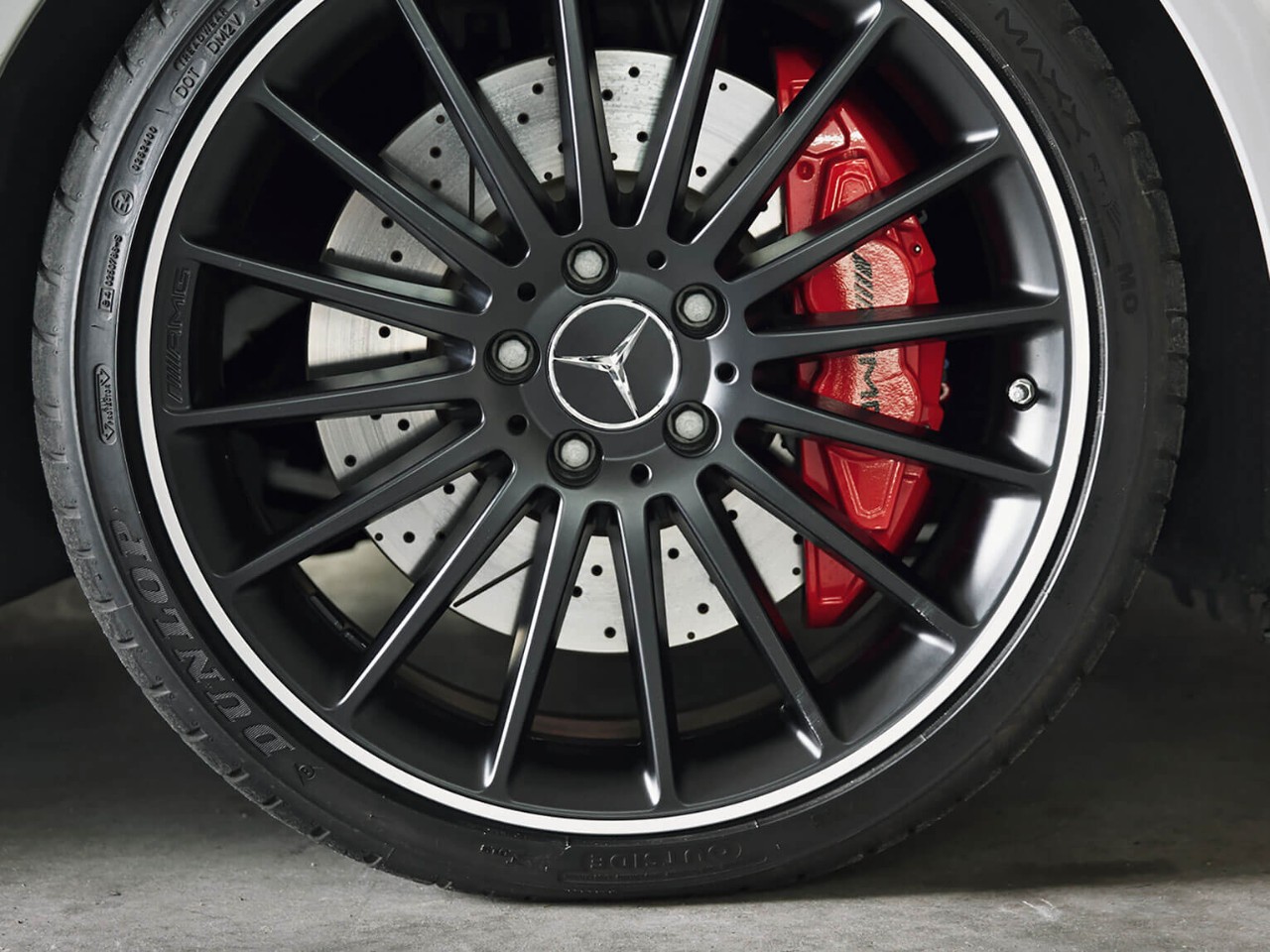When it comes to preparing for an MOT test, tyres are an important aspect not to be ignored – there are quick visual checks you can easily perform to ensure your tyres will pass an MOT. The checks involve measuring tread depth, checking for bulges or cut, checking tyre pressure and other maintenance factors.
You can increase the chances of passing your vehicle’s MOT and prolong tyre life by carrying out quick and easy maintenance regularly – these include checking for manufacturer recommended tyre pressure, visually checking tyre condition, monitoring tread depth, checking wheel alignment and avoiding bad driving habits.
Before taking your car for an MOT test, follow these simple checks you can do yourself to assess your tyres:
1. Check Tyre Tread – The UK legal tread depth limit is 1.6mm – anything below this is illegal and can result in license points and a fine from the police, but it's important to note this is on the primary grooves - secondary grooves can be shallower. You can check this using the tread depth bars visible on your tyre, using a gauge or with a 20p piece. Read more on checking your tyre treads.
2. Checking Tyre Sidewalls - Significant sidewall damage could be a sign of structural damage to the tyre and risks failure or serious accident and could therefore fail an MOT test. Some smaller cuts that don't expose carcase or threads may receive an advisory. Therefore it is strongly recommended to replace tyres with sidewall damage as soon as possible.
3. Check for Deep Cuts or Exposed Cords – As well a sidewall damage, if there is damage to the tread or tyre shoulders that expose cords or ply, this will result in a MOT test failure. Like sidewall damage – it’s also recommended to replace tyres with tread or shoulder damage immediately.
4. Check Tyre Pressure – Tyres that appear to be obviously under-inflated could fail an MOT test so it is important to check your pressures at regular intervals to maintain the manufacturer recommended levels in order to maintain vehicle handling and performance. Learn more about measuring tyre pressure.
5. Check Tyre Pressure Monitoring System – If your car has a Tyre Pressure Monitoring System (TPMS), it will be checked as part of the MOT test and can result in a failure should it be faulty or not working. It is recommended to ensure your TPMS is working regularly to ensure you’ll be alerted in the case of any sudden pressure changes.
Aside from the checks listed above, there may be other reasons your tyres could fail an MOT – such as different sizes tyres on the same axle or your tyres not meeting a speed rating of at least 70 mph or load rating for your vehicle. These reasons are less common, but for further guidance you can visit the MOT Inspection Manual.
Aside from the simple and easy checks you can carry out on your vehicle, there are additional questions around tyres and MOT tests:
There is no legistlation or required age limit for tyres to pass an MOT test for private passenger vehicles with less than 8 seats.
An MOT test does check whether the tyres fitted the vehicle are the correct size in terms of speed and load rating - they must have a speed rating of at least 70mph to pass and be the correct load rating for the vehicle.

Want to learn more on general tyre care and maintenance? Read our guide to tyre care here.